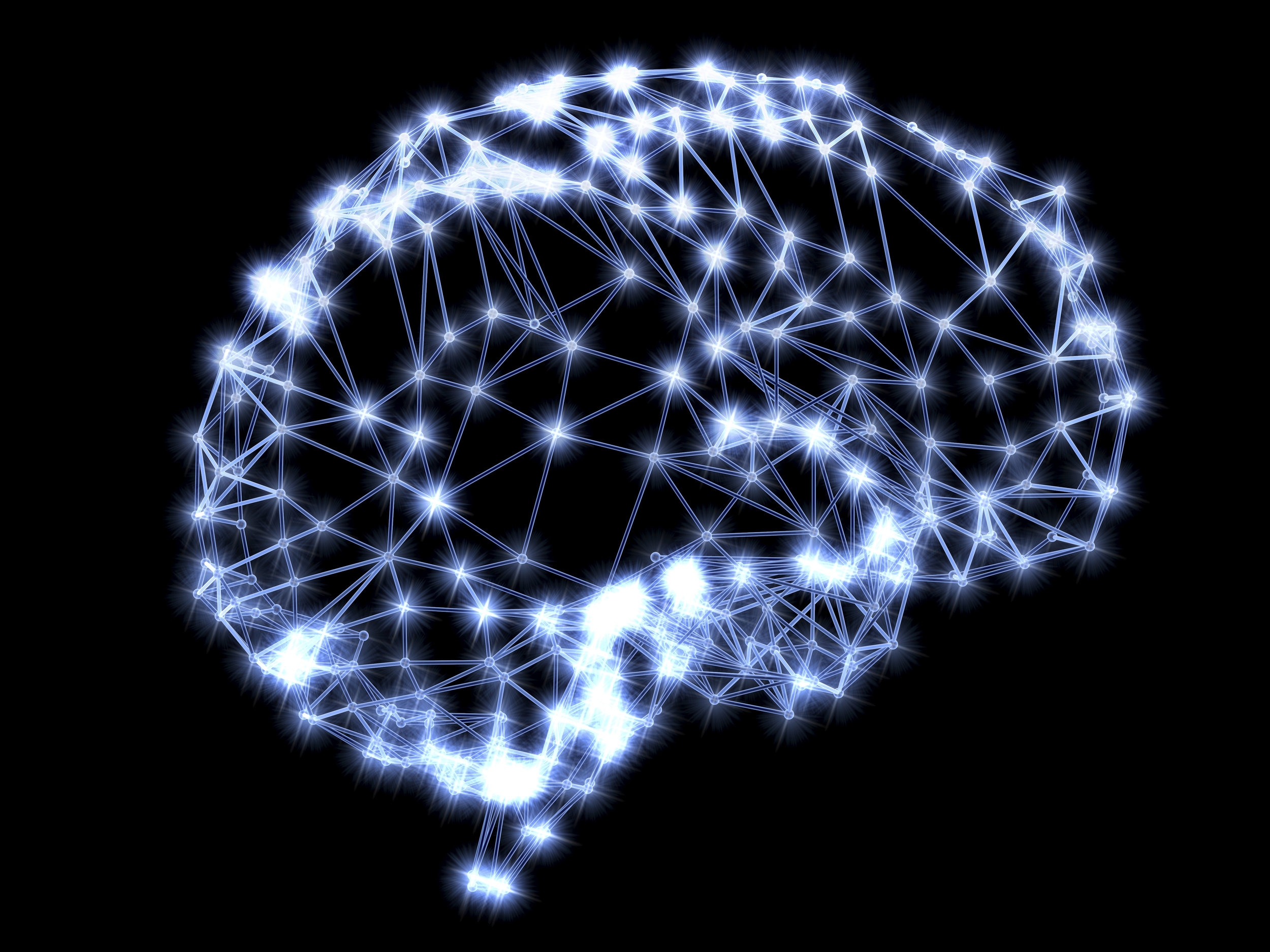Post by Cognixion Content Team on October 1, 2018
Individuals who have suffered from catastrophic head injuries or were born with brain dysfunctions have been searching for solutions to allow them to fine tune their motor and speech functions. With innovative technologies being developed constantly in other fields, the medical industry is looking to utilize technologies such as brain-computer interfaces (BCIs) to diagnose and treat patients who are unable to utilize their brain to its full capacity. Let’s take a deeper look at the types of BCI technology that is currently in development and what the medical industry plans to use it for.
Brain Computer Interface (BCI)
The development of brain-computer interfaces (BCIs) have significantly impacted the field of medicine over the past couple of decades. These solutions offer a way to directly measure neuron activity and translate it into information or action. For example, an encephalophone is a type of BCI solution that allows a person to create music by converting brainwave activity into executed computer actions. In short, BCI solutions help build a communication bridge between a human brain and the external world. This altogether eliminates the need for typical information delivery methods such as audible speech. These solutions are currently being developed for implementation in a variety of different levels of invasiveness.
Non-Invasive BCI
The BCI technology that is most familiar to the public and most readily adopted is that of non-invasive solutions such as electroencephalogram (EEG). This solution works through an array of electrodes fastened to the scalp and measures the strength of the electric field in each spot. EEG signals allow medical staff to determine whether a patient is focused or relaxed and even how well they’re sleeping which is crucial for sleep medicine and epileptology studies. EEGs are relatively inexpensive and safe, but, out compared to more invasive BCI solutions, they are rather imprecise.
Partially-Invasive BCI
The development of partially-invasive BCI solutions such as Electrocorticography (ECoG) technologies offer better resolution signals than non-invasive BCIs. This is because ECoGs are positioned directly on the bone tissue of the cranium as opposed to the scalp. ECoG technology capture the deflection of brain signals to measure the electrical activity of the brain. Once dialed in, the ECoG detects abnormal brain signals and delivers a short burst of stimulation to the patient to counteract the abnormal signal. This is most notably used in patients suffering from seizures to help them focus and reduce their seizure frequency and in some cases even giving patients complete freedom from seizures.
Invasive BCI
Partially-invasive BCI solutions have a much lower risk of forming scar-tissue in the brain than fully-invasive BCIs because they are not inserted directly into the grey matter of the human brain by a critical surgery. Most fully-invasive BCI solutions are developed to produce a working interface that allows for normal operation brain functioning. The most invasive technique is called deep brain recording which is a procedure that places microelectrodes deep inside the human brain and essentially destroys the patient’s neurones to stimulate the brain via the injection of electrical currents. This technique has drawn some controversy over the years but still serves a much-needed purpose of recording brain signals from very well defined spatial locations for the treatment of Parkinson’s disease patients.


